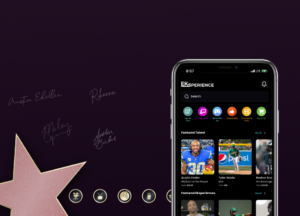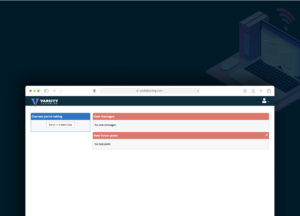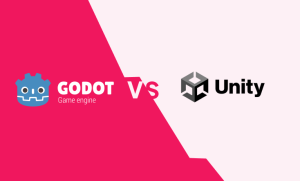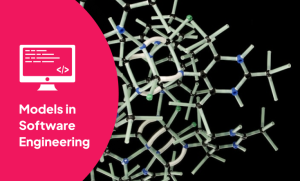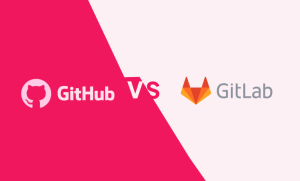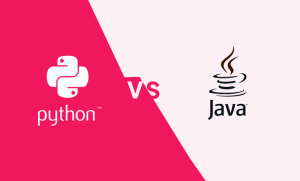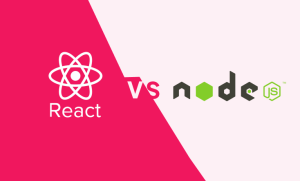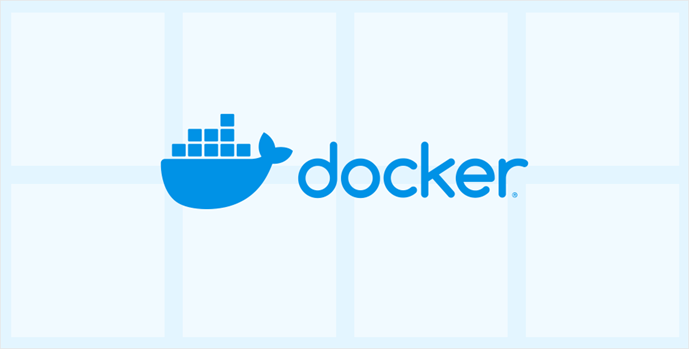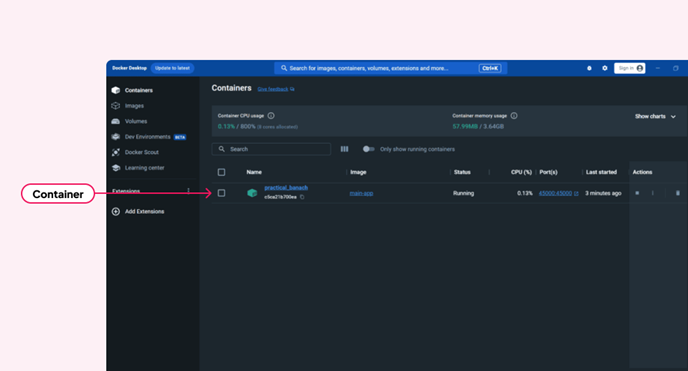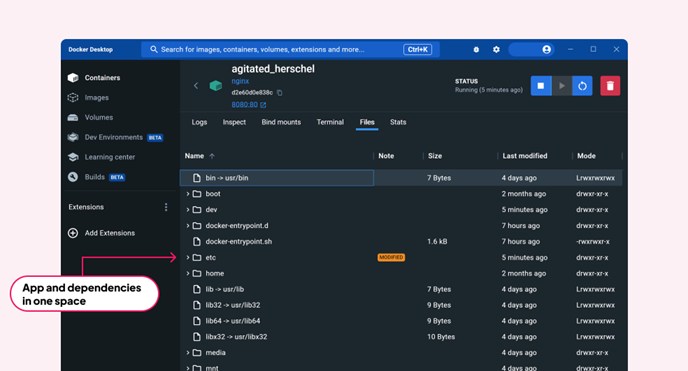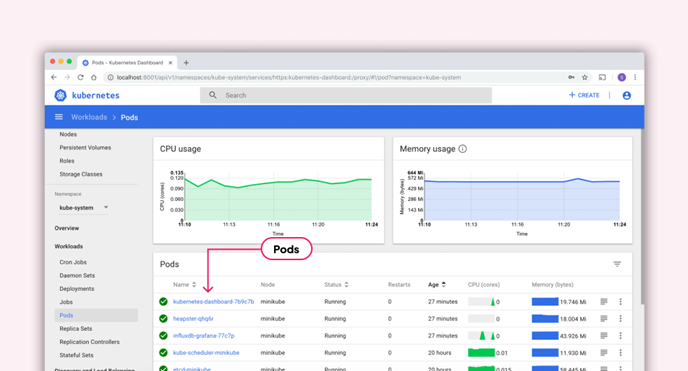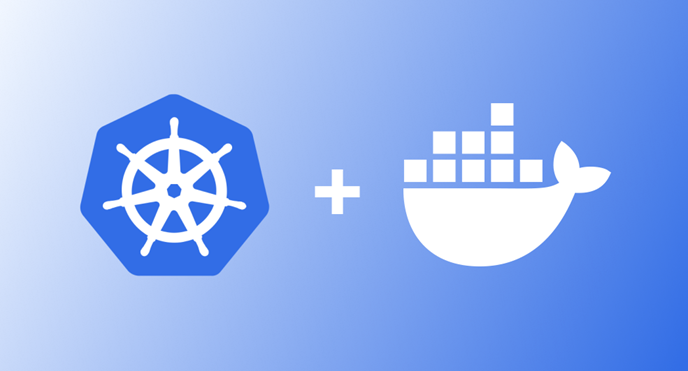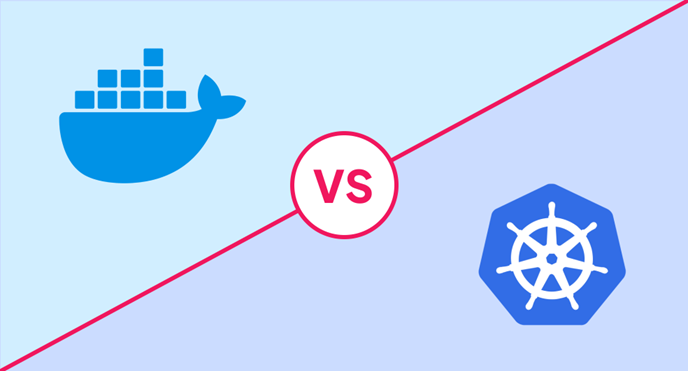Diving into the world of container orchestration? Well, let me tell you, Kubernetes is like the Swiss Army knife of this domain! It's got some seriously impressive features that can make your life a whole lot easier.
For starters, it organizes containers into pods—it's kind of like putting all your favorite snacks in one handy container for a road trip. And who doesn't love a well-organized snack stash, right?
Now, let's talk about those automated scaling and self-healing capabilities. Imagine you're hosting a party and suddenly more guests show up than expected. No worries! Kubernetes automatically adjusts to handle the extra crowd, ensuring that your application runs without a hitch, even when your user traffic decides to throw a surprise party.
Oh, and here's the best part: you get to use YAML files to define your desired application state. It's like crafting a recipe for success—just mix the right ingredients, and Kubernetes takes care of the cooking.
This means your deployment strategies can be efficient and reliable, letting you focus on what really matters—like choosing pizza toppings!
Kubernetes Core Features
When you dive into the world of Kubernetes, you'll quickly discover a powerful framework for managing containerized applications that feels almost like magic. Seriously, it's like having a super-efficient assistant who never sleeps!
At the core of Kubernetes are its pods—they are cozy little homes where containers live together, making resource allocation and scaling a breeze. It's all about keeping things organized and running smoothly.
One of the coolest parts? Kubernetes uses a declarative configuration model. Sounds fancy, right? But all it means is that you can lay out exactly how you want your applications to look and behave using simple YAML files.
And here's the kicker: Kubernetes takes it from there, ensuring that the state you desire is maintained without you having to lift a finger. Talk about a stress reliever!
Now, let's chat about automated scaling—this feature is a game changer. Imagine you're running a popular online store, and suddenly, everyone decides to shop at once (great for business, but yikes for your servers!).
Kubernetes has your back, dynamically adjusting the number of active containers based on real-time demand. It's like having a traffic cop who knows when to let more cars through without you having to shout, "More lanes, please!"
Here are a few key features that make Kubernetes shine:
- Self-healing capabilities: If a container throws a tantrum and crashes, Kubernetes will automatically restart or replace it. It's like having a safety net to ensure high availability—no one likes a party crasher!
- Service discovery and load balancing: This nifty feature makes sure that your containers can chat with each other seamlessly while also spreading out the traffic. It's akin to having a well-organized dinner party where everyone gets a chance to mingle without overcrowding the buffet.
- Automated scaling: As we mentioned, it's all about adjusting resources on-the-fly to meet your needs. Efficiency at its finest!
Declarative configuration: This makes maintaining your application states easier than ever. You set the rules, and Kubernetes plays by them.
Deployment Strategies

In application deployment, think of Kubernetes as your trusty co-pilot, guiding you through various strategies to ensure your updates are as smooth as butter. With several options at your disposal, you can pick the one that fits your application's unique needs perfectly.
Let's start with Rolling Updates—a fantastic way to introduce changes gradually. Imagine a restaurant that swaps out its menu one dish at a time instead of closing for a complete overhaul. This method minimizes downtime and ensures your users barely notice the transition. It's like sneaking in a new favorite without the fuss!
Now, if you're looking for a way to achieve zero downtime, Blue-Green Deployments could be your best friend. Picture having two identical environments: one is live, and the other is ready to go. When you're ready to switch up your application, it's as simple as flipping a switch. No user disruptions, no awkward moments—just a seamless experience.
For those adventurous souls wanting to test the waters before a big splash, Canary Deployments are the way to go. It's like inviting a few friends over to sample your new recipe before you host the whole dinner party. You roll out changes to a small group first, gather feedback, and if something's off, you can quickly pull back. It's a great way to mitigate risk!
But what if your application can't handle running multiple instances at once? Enter the Recreate Strategy. This approach is straightforward: it halts the current version before the new one takes over. Think of it as a quick pit stop where you refuel and refocus before getting back on the road.
Lastly, the Kubernetes Deployment API is your toolkit for defining the desired state of your application. It takes care of updates and scaling so you can focus on what really matters—growing your business.







